Table of content
Cooking lamb can be an exhilarating culinary adventure, offering a rich tapestry of flavors and textures that cater to a wide array of palates. From succulent roasts and tender steaks to hearty stews and flavorful kebabs, lamb dishes have the unique ability to elevate any meal into a memorable feast. However, mastering the art of cooking lamb requires an understanding of its distinct characteristics, proper preparation techniques, and suitable cooking methods. This comprehensive guide aims to demystify the process, ensuring that you can cook lamb to perfection, whether you’re a seasoned chef or a home cook embarking on your culinary journey.
Understanding Lamb: Types and Cuts
Before diving into the cooking process, it’s crucial to familiarize yourself with the different types and cuts of lamb. Lamb is typically categorized based on its age and feeding process:
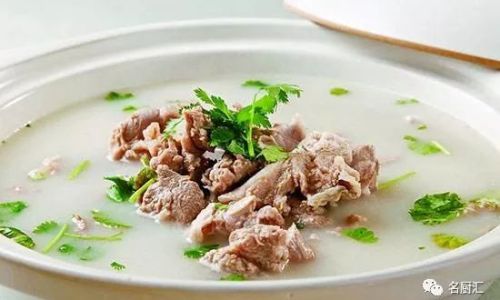
- Young Lamb (Milk-Fed): This refers to lambs that are usually less than 12 weeks old and have been fed primarily on milk. Their meat is tender, mild in flavor, and has a delicate, fine texture.
- Older Lamb (Grass-Fed or Grain-Fed): Lambs older than 12 weeks, often fed on grass or a combination of grass and grain, have a slightly firmer texture and a more robust flavor profile.
Common Lamb Cuts:
-
Rack of Lamb: A prime cut from the rib section, known for its tender meat and beautiful presentation. It’s ideal for roasting and can be served with a crust or simply seasoned.
-
Leg of Lamb: A versatile cut suitable for roasting, braising, or grilling. The hindquarter is larger and can be bone-in or boneless, offering a range of cooking options.
-
Shoulder of Lamb: Often used for slow cooking methods like braising or stewing due to its higher fat content and tougher texture when cooked quickly. It becomes incredibly tender and flavorful when cooked low and slow.
-
Breast of Lamb: A less common but flavorful cut, best suited for slow cooking or use in stews and casseroles.
-
Chops: Lamb chops come from the rib, loin, or shoulder and can be bone-in or boneless. They are perfect for grilling, broiling, or pan-searing.
-
Ground Lamb: Made from finely chopped lamb meat, it’s versatile and can be used in burgers, meatballs, kebabs, or as a filling for dishes like stuffed peppers.
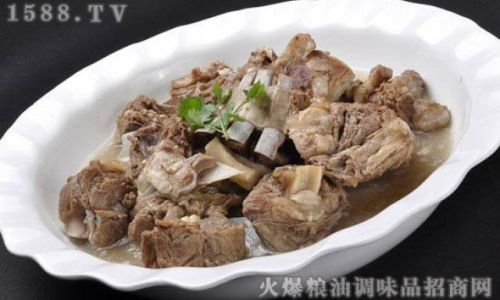
Preparation Techniques: From Butchering to Seasoning
Butchering and Trimming
Proper butchering and trimming are essential for ensuring that your lamb dishes are visually appealing and free from unwanted fats and sinews. When working with larger cuts like leg or shoulder, ask your butcher to trim excess fat and sinew, especially if you’re not experienced in doing so yourself. For smaller cuts like chops, ensure that any silver skin (a tough, shiny membrane) is removed for a more tender cooking experience.
Marinating and Tenderizing
Lamb can benefit from marinades, which not only add flavor but also tenderize the meat. Acidic ingredients like vinegar, lemon juice, or wine help break down proteins, making the meat more tender. Combine these acids with oil, herbs, spices, and aromatics like garlic and onions to create a marinade that infuses the lamb with depth of flavor. Marinate for at least 2 hours, preferably overnight in the refrigerator, for maximum effect.
Physical tenderizing methods, such as pounding the meat with a meat mallet or using a tenderizing tool, can also help break down fibers and make the meat more tender.
Seasoning
Seasoning lamb correctly is key to enhancing its natural flavors. Salt and pepper are fundamental, but don’t shy away from experimenting with herbs and spices that complement lamb’s rich taste. Rosemary, thyme, mint, garlic, and mustard are all excellent choices. For more exotic flavors, consider adding cumin, coriander, paprika, or even a hint of chili powder.
Cooking Methods: From Roasting to Stewing
Roasting
Roasting is a classic method for cooking larger cuts of lamb like rack, leg, or shoulder. Preheat your oven to the appropriate temperature (usually between 325°F to 400°F, depending on the desired doneness and size of the cut). Season the lamb generously with salt, pepper, and your chosen herbs and spices. For an extra layer of flavor, you can create a compound butter or herb crust to place on top of the meat before roasting.
Use a roasting rack if necessary, and place the lamb in the center of the oven. Roasting times vary depending on the cut and desired doneness, but generally, you’ll want to cook until the internal temperature reaches 130°F for medium-rare, 140°F for medium, and 150°F for well-done. Use a meat thermometer to ensure accuracy.
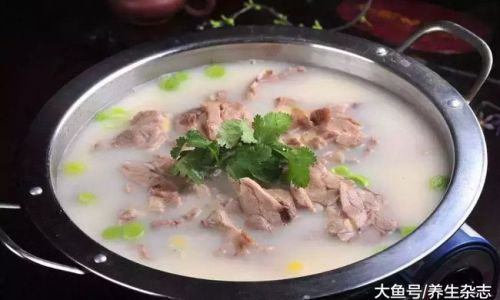
Rest the meat for at least 15-20 minutes after roasting to allow the juices to redistribute, ensuring a juicy, tender final product.
Grilling and Barbecuing
Grilling lamb chops, steaks, or even smaller roasts can add a smoky, caramelized flavor that’s irresistible. Preheat your grill to medium-high heat and oil the grates to prevent sticking. Season the lamb as desired, and for best results, let it come to room temperature before grilling.
Place the lamb on the grill and cook until it reaches your desired doneness, turning occasionally to avoid burning. For a beautiful sear, use a combination of direct and indirect heat, moving the lamb to a cooler part of the grill if it’s cooking too quickly.
Braising and Stewing
Slow cooking methods like braising and stewing are perfect for tougher cuts like shoulder and breast, transforming them into tender, flavorful dishes. Start by searing the lamb in a hot, oiled pan until browned on all sides. This not only adds flavor but also helps to lock in juices.
Transfer the seared lamb to a heavy-bottomed pot or Dutch oven, and add aromatic vegetables like onions, carrots, celery, and garlic. Pour in a liquid such as broth, wine, or beer, enough to cover about halfway up the meat. Add herbs, spices, and any other flavorings, then bring to a simmer. Cover and cook in the oven at a low temperature (around 300°F) for several hours, or until the meat is tender and flavorful.
Pan-Searing and Finishing
Pan-searing lamb, especially chops or smaller steaks, is a quick and delicious method that creates a beautiful crust. Season the lamb and let it come to room temperature. Heat a heavy skillet over medium-high heat and add a small amount of oil. Once hot, place the lamb in the skillet and sear until browned on both sides, about 3-4 minutes per side for medium-rare.
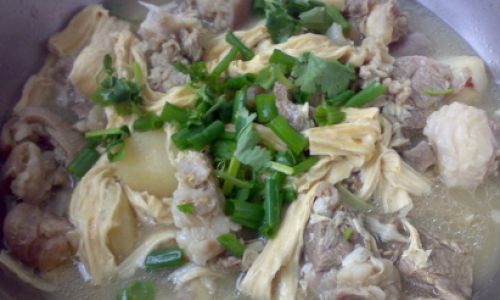
For an elegant finish, you can transfer the seared lamb to the oven to finish cooking to your desired doneness, or finish it with a butter baste made from melted butter, herbs, and garlic.
Serving and Enjoying Your Lamb Dishes
Once your lamb is cooked to perfection, it’s time to serve and enjoy. Lamb dishes pair wonderfully with a variety of sides, from roasted vegetables and mashed potatoes to couscous and grain salads. Don’t forget to drizzle a bit of the cooking juices over the meat and sides to enhance the flavor.
For a more formal meal, consider pairing your lamb dish with a robust red wine like Cabernet Sauvignon or Merlot, or a rich, creamy beer like a stout or porter. For a more casual gathering, a crisp white wine or a refreshing beer can also complement the meal nicely.
Conclusion
Cooking lamb is an art that combines understanding, technique, and creativity. By mastering the basics of lamb selection, preparation, seasoning, and cooking methods, you can create dishes that are not only delicious but also visually stunning. Whether you’re roasting a rack of lamb for a special occasion or stewing a shoulder for a hearty family meal, the key is to experiment, enjoy the process, and let the natural flavors of the lamb shine through. Happy cooking!
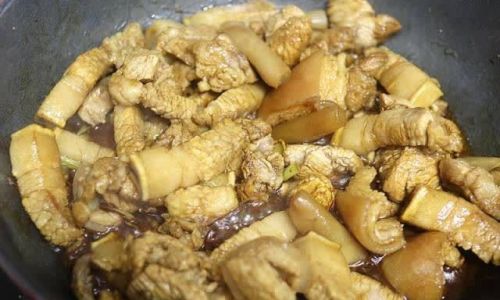
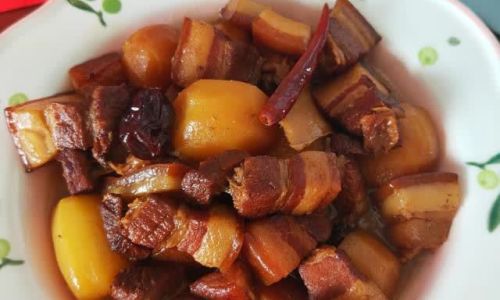
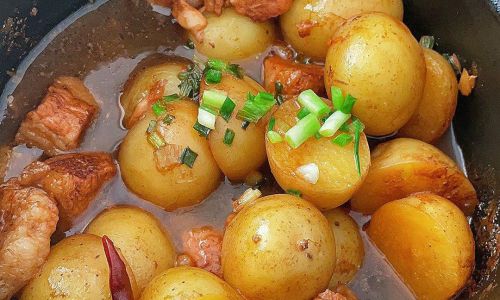
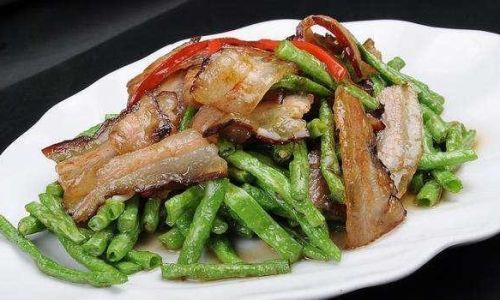
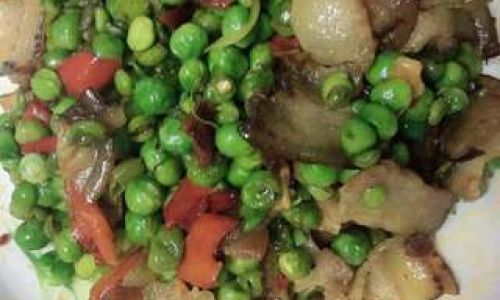
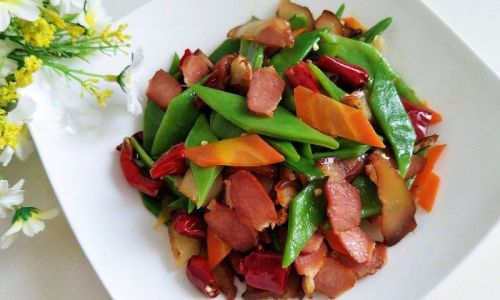
0 comments